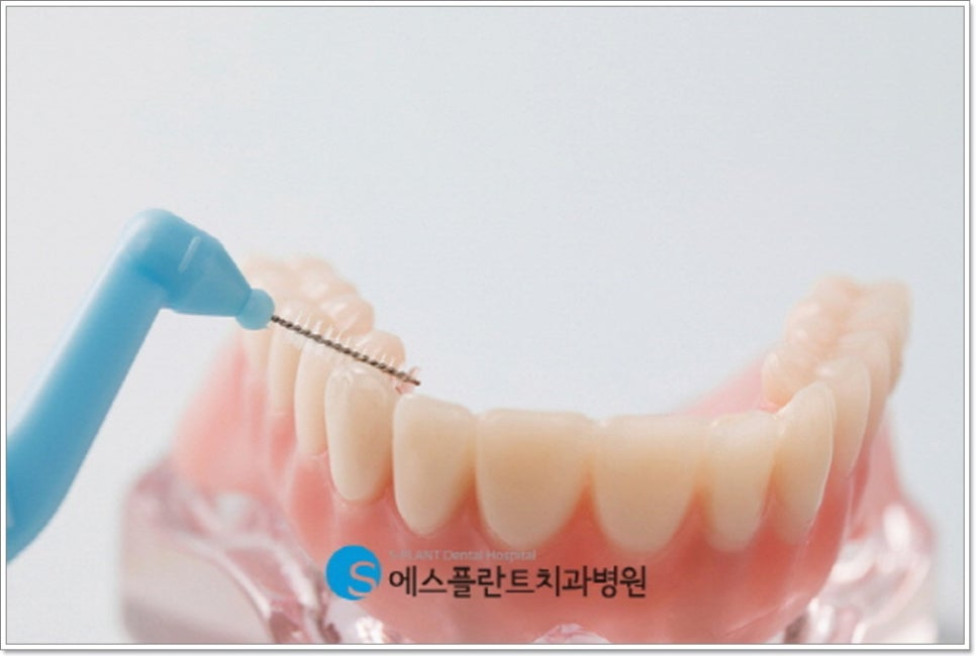Front Tooth Implant: Why It's Important and What You Need to Know

Since the front teeth are aesthetically very important, it is crucial to address any issues promptly.
"1" Neglecting a missing front tooth can lead to various complications.
"2" Implants offer a reliable solution for replacing lost front teeth.
"3" Additional procedures may be necessary if the issue is ignored.
"4" Front tooth implant placement can be challenging.
Implants, a method of placing artificial teeth in areas where natural teeth are missing, are often thought of as a procedure mainly for older adults.
However, a significant number of relatively young patients also seek front tooth implants. This is often due to severe periodontal disease, cavities, or sudden injuries during sports that cause fractures or loss of front teeth, requiring restorative management. Because the front teeth are so important aesthetically, many people are choosing implants.
"1" Neglecting a missing front tooth:
Our teeth do not grow back once they are lost. Therefore, it is crucial to preserve natural teeth for as long as possible. However, if tooth preservation is unavoidable, it is best to explore ways to replace the missing tooth.
Sometimes, people neglect a missing tooth because they do not feel immediate discomfort. However, leaving a gap unattended can gradually lead to the absorption of the jawbone that supports the tooth roots.
This can impair proper function. In particular, if a tooth is missing for a long time, the surrounding teeth may tilt or shift towards the empty space.
This can misalign the bite, making oral hygiene more difficult and potentially leading to aesthetic problems and reduced chewing ability, which can negatively impact overall health.
In particular, bite problems can put unnecessary strain on the temporomandibular joint. Neglecting front teeth can also cause appearance-related stress due to their visible location. Furthermore, the collapse of the dental arch and gums can negatively affect the entire dentition, making the problem functionally and aesthetically severe. Therefore, considering a front tooth implant is advisable.
"2" Replacing lost front teeth:
There are various ways to replace a missing tooth, but in recent years, many people have been choosing implants. Implants are often called "another tooth" because they effectively replace natural teeth in terms of both function and appearance.
Implants are often referred to as the third set of teeth. The procedure involves implanting an artificial tooth root directly into the jawbone in the empty space, mimicking the natural tooth root. If osseointegration is successful, the implant can restore strong chewing power and stable masticatory force, similar to natural teeth. With proper care, implants can also last permanently.
In addition, implants can be placed independently without damaging adjacent teeth, protecting the neighboring teeth. In particular, implants can be made to closely resemble the appearance of natural teeth. Therefore, even when replacing the front teeth that are visible when smiling, the implant can blend seamlessly with adjacent teeth.
Therefore, when front teeth are lost, considering a front tooth implant, which can satisfy both functional and aesthetic needs, is recommended. However, it is advisable to proceed relatively quickly.
"3" The potential need for additional procedures:
Implants can be expensive, and many people have vague fears and anxieties about the surgical procedure. This can make the decision difficult, leading some to postpone front tooth implant placement.
However, many people later regret this decision because the jawbone in the front tooth area tends to be thinner than in other areas, leading to relatively rapid bone resorption after tooth loss.
The amount of jawbone is crucial for the successful placement of an implant. If bone resorption has led to insufficient bone volume, the implant may not be stable, potentially requiring re-implantation. To prevent this situation, bone grafting may be performed beforehand. This additional procedure can increase the cost and treatment time, so it is less burdensome to proceed as soon as possible after front tooth loss.
"4" The challenges of front tooth implant placement:
Front tooth implants are placed in an area that is aesthetically and functionally important, so the existing dentition and chewing force must be carefully considered when planning the treatment. In particular, if the dental arch is misaligned or the bite between the upper and lower teeth is incorrect during the implant process, malocclusion can put a lot of strain on the temporomandibular joint.
Therefore, the oral structure must be carefully considered. Because the jawbone is particularly thin in the front tooth area, the implant angle and position must be carefully planned.
If the jawbone in the front tooth area is insufficient, bone grafting may be necessary. In addition, the shape of the gums and the harmony with the surrounding teeth must be considered. Because the lips are located close to the front teeth, the implant position and shape must be adjusted so that the lips can naturally surround and move around the artificial tooth.
Furthermore, transparent materials that match the tooth color should be used to prevent the gums from appearing dark after implant surgery. Because there are many factors to consider, front tooth implant placement is challenging.
Therefore, it is best to work with an experienced and skilled medical team. If the clinician in charge is responsible for the consultation, prosthetics, and follow-up care, a more stable outcome can be expected.

















Source :https://blog.naver.com/snjht21/224041858323
No comments yet.
